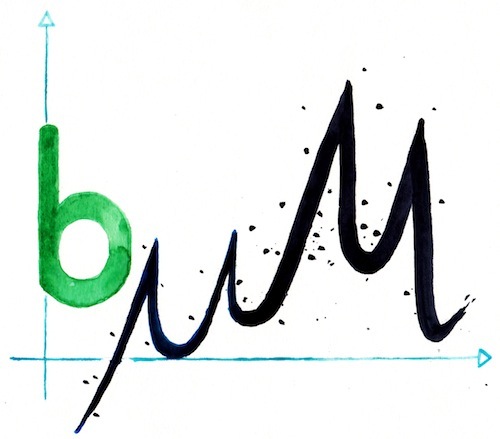| Thomas, C; Martin, JG; Göckede, M; Siqueira, MB; Foken, T; Law, BE; Loescher, HW; Katul, G: Estimating daytime ecosystem respiration from conditional sampling methods applied to multi-scalar high frequency turbulence time series, Agricultural and Forest Meteorology, 148, 1210–1229 (2008), doi:10.1016/j.agrformet.2008.03.002 | |
| Abstract: This study presents a new method to estimate daytime ecosystem respiration Re directly from conventional Eddy Covariance measurements. The conceptual framework is based on the premise that upward moving air parcels carry a specific and unambiguous signal in their CO2 and water vapour composition, which can be separated and distinguished into respiration and photosynthesis. The model employed a combination of conditional sampling methods, quadrant analysis, and Relaxed Eddy Accumulation with hyperbolic deadbands to identify respiration events and to quantify their flux contribution. Datasets from 5 sites most of which had multiple sampling heights were selected to test this technique among contrasting ecosystems and canopy structures. Respiration events were successfully identified in daytime data of all sites. A hyperbolic deadband of size H=0.25 applied to the plane constructed from perturbations of carbon dioxide c and water vapour q densities effectively separated the signals of respiration from photosynthesis. The time fraction of respiration events was £ 10 [%] during daytime. The global correlation coefficient c q r , was found to be a universal predictor of this time fraction and was therefore used as a filter to identify periods of a meaningful and extractable respiration signal. Organised motion (coherent structures) is likely to be an important transport mechanism for these respiration events. Daytime Re estimates derived from the new method agreed with those derived from (i)the intercept of light-response curves, and (ii) soil CO2 efflux chambers for 3 of the 5 sites. Limitations were posed by the dense, multi-layered deciduous canopy, and the intense vertical turbulent mixing at one coniferous site. In addition, refixation of respired CO2 by the understorey (CO2 recycling) may cause an underestimation of daytime Re or pose a limitation to the method proposed here. An indicator relating the canopy shear length scale s L to the adjustment length scale d L was proposed to predict the skill of the new method, and found to be useful in 4 of the 5 sites. Analysis of vertical coupling in the plant canopy using exchange regimes could explain the failure of the new method for the remaining site. |


Menü
Servicelinks
Suche
- schließen
- Home
- Forschung
- schließen
- zurück
- Forschung
- ERC DarkMix
- Reinigen Luftreinigungssysteme von urbanem Stickstoffdioxid? REINELUFFT?
- Lufttransport von Mikroplastik
- MiSKOR Minderung Städtischer Klima- und Ozon Risiken
- Schwerpunkte
- Weak-wind flows in plant canopies
- Klimawandel in Mittelgebirgen
- Fiber-optic distributed temperature sensing (DTS) technique
- Forest and land-surface Carbon and Water Exchange
- Submeso-scale motions and stable boundary layers
- Projekte
- Publikationen
- Mitarbeiter*innen
- schließen
- zurück
- Mitarbeiter*innen
- Mitarbeiter
- Achtner, Cora
- Ayinde, Bashir
- Babel, Wolfgang
- Bojanowski, Julian
- Deeg, Alina
- Friedrich, Markus
- Göckede, Mathias
- Heidemann, Lea
- Hou, Shengyi
- Lopez-Vega, Juan
- Lückerath, Janine
- Lüers, Johannes
- Oberlaender, Mazal
- Olesch, Johannes
- Resch, Sophie
- Schott, Toni
- Spakowski, Lars
- Thomas, Christoph
- ehemalige Mitarbeiter
- Lehre
- Wetterdaten
- Klimastatistiken
- Stellenangebote
- Kontakt